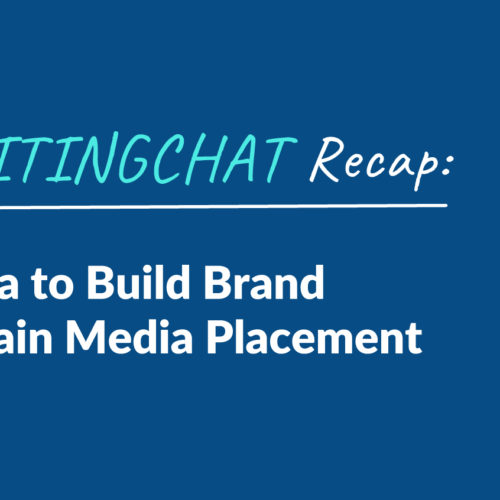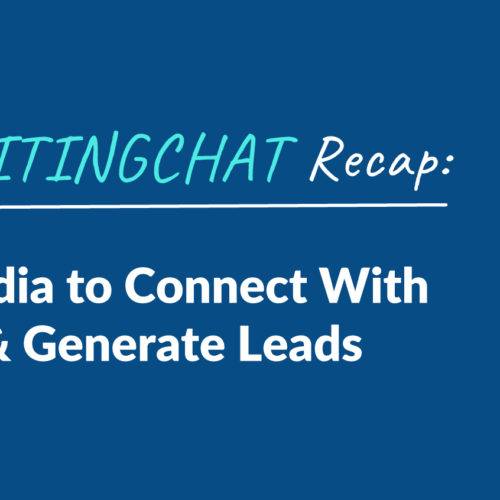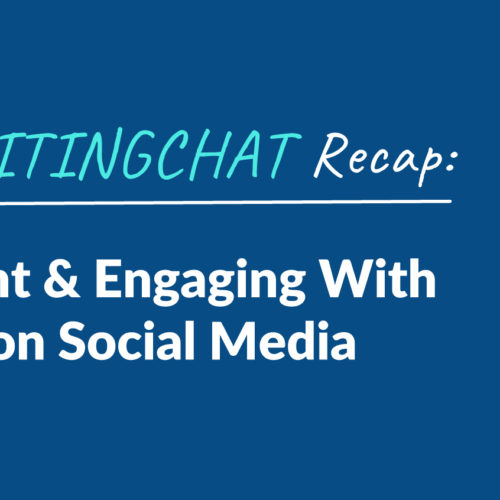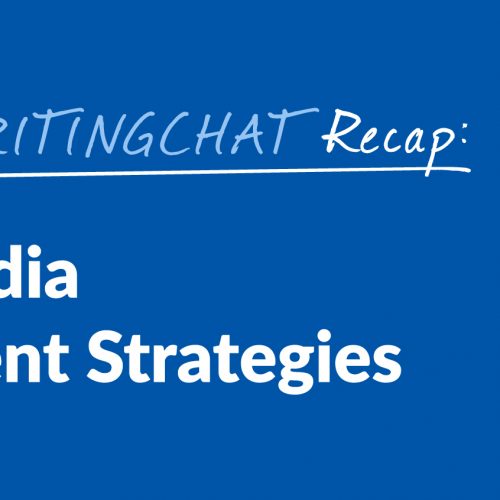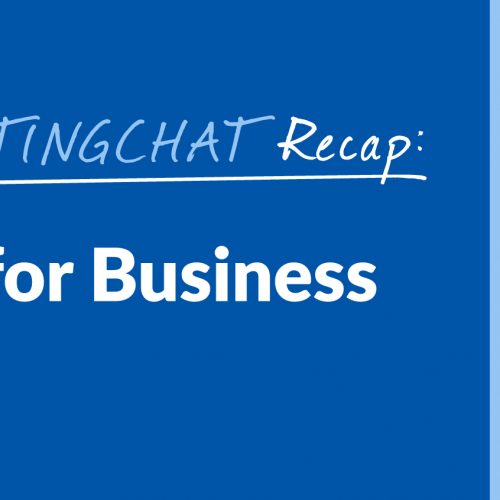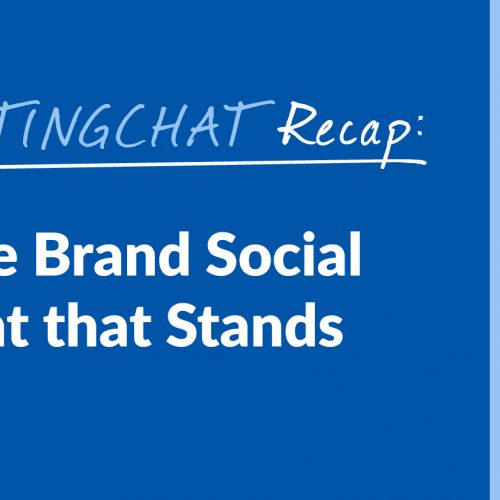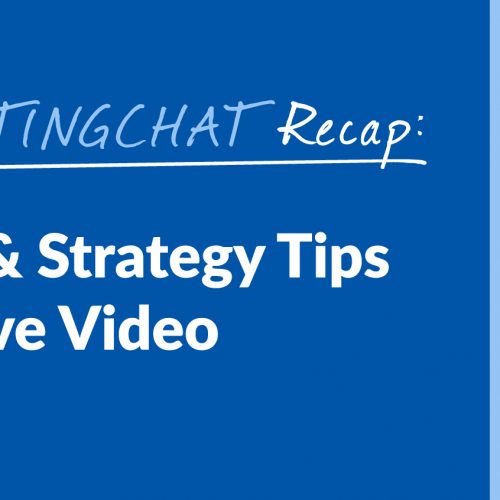Steps for Creating Content that Connects with Your Audience
Content that connects with your audience is worth every penny. Having a single piece of content that speaks to your desired audience, and connecting to your audiences meaningfully, often results in a higher ROI. It is essential, whether you are a small business or large corporation, that you know how to connect with your audience emotionally, and often that requires a special type of writer to do so. Not just anyone can connect; simply putting words onto virtual paper will not do the job. Instead, you need to know what your audience needs, their pain points, their reasons for seeking out your business, and when to offer help – timing is crucial here. Today, we will review a few ways to create content that makes a genuine connection and how to implement it into your content strategy for blogs, web pages, and even social media posts. Is Written Content Relevant for Today’s Audience? The age of YouTube has certainly changed how we all interact with search engines, and often we opt for a video over a blog to learn about something, but that is not the majority. Written content, specifically blogs, is still in high demand. 77% of internet users read blogs, according to Social Media Today – so obviously, there’s a market. 7 Steps Every Company Needs to Use to Create Content that Connects with the Right Audience Creating and maintaining a connection with your audience is crucial. Whether your target audience is B2B or B2C, you have a target audience, and you need content that speaks to them. So, how do you do that when your “audience pool” masses in the thousands? Easy…by following these key steps. 1. Embrace Empathy The pandemic has certainly taught us a lot and restructured the way a lot of us communicate or even work today. However, one of the biggest lessons from the pandemic was empathy. Thinking about your audience using compassion and your emotional intelligence is critical in your content. 2. Write As You Talk You want to connect to the person reading your content. What is a better way to connect than conversation? For some reason, being conversational in blogs and even landing page content got a bad rap somewhere but shouldn’t have. Being conversational is precisely what a reader needs to feel as though you are speaking to them. The robotic, encyclopedic text has its uses but rarely is that content that is designed to create a connection. Instead, that is created to educate. Social media posts, blogs, and sales pages need to connect to the reader, or the conversions will not happen. So, as you write out your text, think of how you would talk to a friend, explain something to a colleague, and use that as your muse when crafting your “voice” within the text. 3. Use Media Words are powerful, but so too is imagery. You want to use different media types to help you connect with your reader. While the personal tone is equally important, include a picture of yourself in your bio on each blog, that way, the reader can picture who they are talking to. 4. Picture the Ideal Reader Just like you want your reader to picture you, you need to picture them. You know your target audience – if you don’t, that’s an entirely different topic – so now you can picture one member from your target audience as you create your content. Pick them from the crowd, and pretend you are conversing with them. When you picture yourself talking to a real person, rather than them reading what you have written, it helps you be more conversational. You aren’t lecturing a group of students at the university – just an intimate conversation between two individuals. 5. Put Yourself in the Reader’s Shoes – Address their Needs You can’t truly connect if you aren’t in your reader’s shoes. What are their dreams? Fears? You need to know their pain points to bring them up in the copy and almost catch them off guard. You want the reader to sit there thinking, “Yes! That is me!” and not just going through the motions. The more connected they are to the writing, the more likely they are to take action you request at the end of the page – whether it is a contact, submitting email addresses, etc. You need to show that you can relate to their problem, then strike with the solution. If you don’t build up a relationship on mutual understanding first, you cannot offer a mutually acceptable solution. Often, copywriters will come out of the gates swinging. They don’t hit that pain point and instead just start talking about the solution while touching here and there on the issue it solves. That doesn’t grab a reader and keep them hanging on for the ride. Instead, they see that you have a solution, make up their assumptions, and bounce. So, instead, build up the rapport first, then offer your solution. Take the reader through your journey, showing your understanding and relativeness, then add your solution and call to action. If you offer the goods right from the start, you will lose the chance to build a relationship with your reader first. 6. Work with the Emotions You Want to Pique in Your Reader Picture your reader’s emotions as they go through your text. If you aren’t getting a reader to laugh at a joke, ask yourself if you would have laughed. Would you cry at the same instance of emotion? Would you yearn for the same solution as profoundly as they? Allow yourself to feel something, express it, and create that connection. You may be surprised at how willing people are to reach out to you when you occasionally open yourself up in your content, whether it is sharing a personal experience, a humbling moment, etc. 7. Avoid Third Person The third-person POV does not connect with the reader. After all, if you read something in a third-person point-of-view, … Read more


